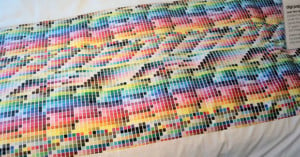
Photoshop Can Be Quite Messy If You’re Not Careful
Someone wasn’t careful while using the “Swatches” panel in Photoshop and accidentally spilled it all over this bed spread! …

Someone wasn’t careful while using the “Swatches” panel in Photoshop and accidentally spilled it all over this bed spread! …
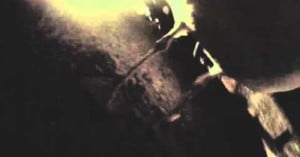
YouTube user opica1983 was in Cannes, France recording some footage at night with …
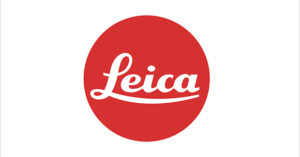
Maybe when Leica’s designers were brainstorming ideas for the company’s logo, they noticed …
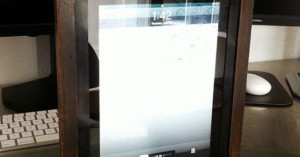
Photographer Dana Neibert made this unique iPad case using an old 8×10 film …
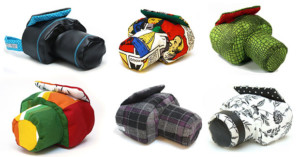
If you find ordinary camera bags too boring, then check out these custom-fit bags for DSLR cameras. Each “Pixbag” …

Earlier this week Apple released Final Cut Pro X, the latest version of the popular video editing software. The …

This is Photoshop Inception. They say when you reach limbo you find yourself in an HDR program.

It’s estimated that 8 million people in the US struggle with an eating …

Late last year we showed you an interesting demonstration of HDR video filmed using two Canon 5D Mark IIs. The cameras captured the exact same scene at different exposure values using a beam-splitter. Now, a new camera called AMP has been developed that captures real-time HDR video using a single lens. The trick is that there are two beam-splitters in the camera that take the light and direct it onto three different sensors, giving the system a dynamic range of 17 stops. Check out some sample clips in the video above -- they might be pretty ugly, but the technology here is pretty interesting.
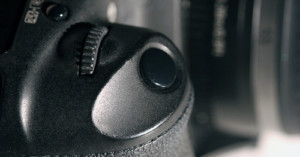
Researchers in Australia are working on developing a thin piezoelectric film that can …
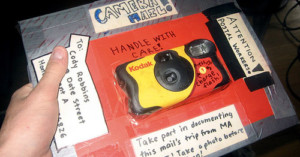
Five years ago, web designer Matthew McVickar decided to give one lucky disposable camera a free vacation, sending it through the mail from Cape Cod, Massachusetts to Honolulu, Hawaii with the instructions "Take a photo before you pass it on!". When he got the camera back, there were seven photographs taken by various workers in the United States Postal Service that show the cameras journey (and the inner workings of the USPS!).
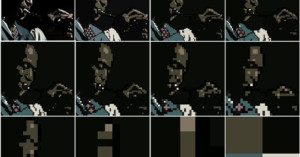
In 2009 Andy Baio of Waxy.org -- founder of Upcoming.org and former CTO of Kickstarter -- created Kind of Bloop, an 8-bit tribute album to the best-selling jazz album of all time, Kind of Blue by Miles Davis. While Baio meticulously licensed all the music he used to create the album, he released a pixelated version of the original album cover (top, second from left) without licensing it, believing it was different and low-res enough to be considered fair use. He was then sued by the photographer, Jay Maisel, who "felt violated to find his image of Miles Davis, one of his most well-known and highly-regarded images, had been pixellated [...]".

Vignetting is often viewed as a bad thing when discussing lens quality, but it’s sometimes desirable to add artificial …

Photographer Jamie Beck has done quite a bit lately to popularize the “ …
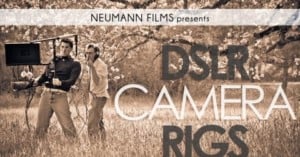
In 2008, the Nikon D90 became the first DSLR to offer HD video recording, a feature that has become …
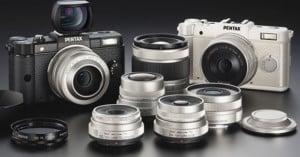
Pentax has just announced the Q, the world's smallest interchangeable lens camera (ILC). Unlike existing ILC cameras, which have large sensors despite their tiny bodies, the Q has a tiny 1/2.3-inch sensor that's more comparable to the sensors in point-and-shoot cameras. Thus, the Pentax Q can be considered the world's first interchangeable lens point-and-shoot camera, though it is packed with the features and manual controls found on ILCs and DSLRs.
The camera shoots 12.4MP JPEG or raw stills at up to 5fps, records 1080p video at 30fps, and offers the traditional shooting modes found on DSLRs (i.e. P, Av, Tv, M). ISO goes up to 6400, there's a 3-inch LCD on the back, and a funky onboard flash pops up in a strange way to help illuminate your photos.

Leica is reportedly working on a compact, large-sensor, interchangeable lens camera that will rival the …

Earlier this week the New York Times was lent a mysterious photo album that contained 214 photos of Nazi Germany, including images taken just feet away from Hitler. There was no indication of who the photographer was, so the Lens blog decided to publish some of the photos and crowdsource the task of solving the mystery.

This artist statement has magical subtitles that translate what the artist is saying. Google needs to add this technology …

The Guardian compiled a powerful collection of vignettes by war photographers recounting times …
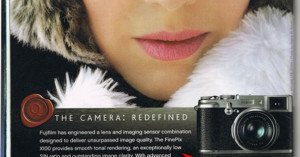
One of our keen-eyed readers named Daniel recently opened up his July issue …

Here’s a neat little behind-the-scenes video in which Michael Ivins, the official photographer …

A company called Lytro has just launched with $50 million in funding and, unlike Color, the technology is pretty mind-blowing. It's designing a camera that may be the next giant leap in the evolution of photography -- a consumer camera that shoots photos that can be refocused at any time. Instead of capturing a single plane of light like traditional cameras do, Lytro's light-field camera will use a special sensor to capture the color, intensity, and vector direction of the rays of light (data that's lost with traditional cameras).
[...] the camera captures all the information it possibly can about the field of light in front of it. You then get a digital photo that is adjustable in an almost infinite number of ways. You can focus anywhere in the picture, change the light levels — and presuming you’re using a device with a 3-D ready screen — even create a picture you can tilt and shift in three dimensions. [#]
Try clicking the sample photograph above. You'll find that you can choose exactly where the focus point in the photo is as you're viewing it! The company plans to unveil their camera sometime this year, with the goal of having the camera's price be somewhere between $1 and $10,000...

The power of the Internet is amazing. Just yesterday we reported on how a man found a battered memory card that apparently spent four years in the ocean and recovered 104 photos from it. After the story went viral and was widely reported, the owner of the camera has now been found. The girl nearest the camera in the photo above was visiting relatives four years ago when she accidentally dropped the camera into the Pacific Ocean from a wharf Santa Cruz.
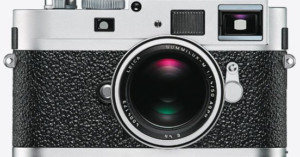
Turns out that mysterious Leica camera spotted on British singer Seal was in fact a Leica that didn't officially exist yet, but now it does: Leica has just announced the M9-P digital rangefinder. The new camera is basically the M9 with a few cosmetic changes -- all the guts are identical. Like on the non-digital Leica MP, the traditional red dot is missing from the M9-P, which meant to give the camera an "understated appearance".

A while back we suggested that for a photo project (perhaps on a rainy day) you can collect things of a certain color in your house, arrange them neatly, and then take a picture. An even easier place to do this might be your local supermarket. Designer Marco Ugolini and photographer Pedro Motta teamed up for a project titled Per Color that features baskets of color shot in a Brazilian supermarket.

Argentinian photographer Irina Werning's "Back to the Future" series of photographs features people reenacting photographs of themselves taken decades ago, and has made Werning a well-known photographer after going viral on the Internet over the past year.

In March 2011 we reported that an iPhone photo sharing app called Color had raised a whopping $41 million in funding before it had even launched. Sequoia Capital, one of the most prominent VC firms in Silicon Valley, invested more money in Color than they had originally invested in Google. Now, just three short months later, Color is still struggling to find users while its less-funded competitors are leaving it in the dust.

If you use Photoshop, you’re probably experienced with the uber-useful — and oft-abused — Clone Stamp tool, but what …